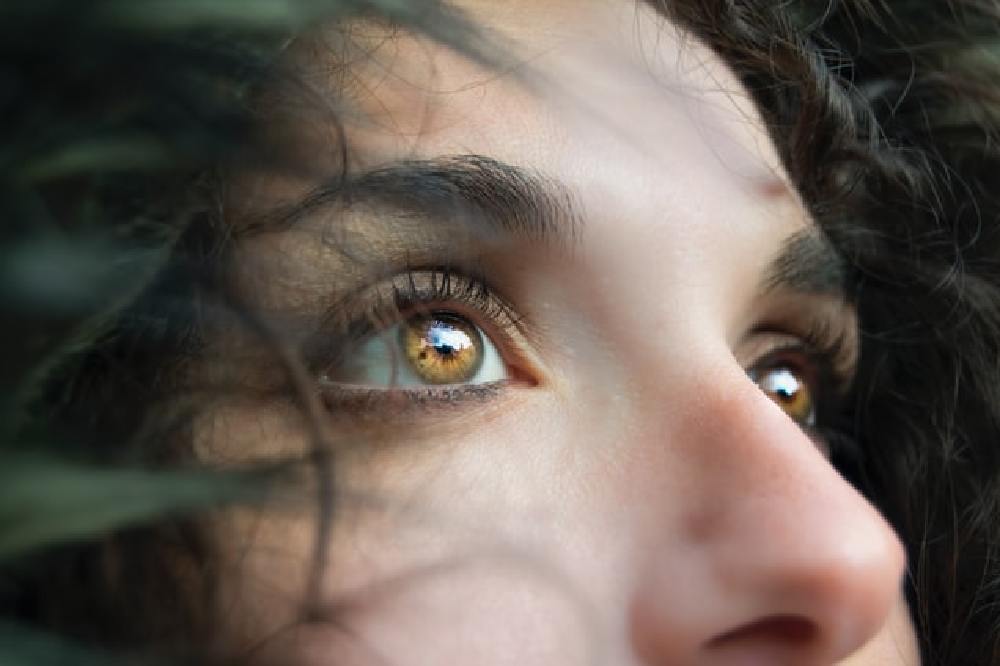When it comes to the menopause, there are certain symptoms we all immediately think of. Whether it’s the dreaded hot flushes, night sweats, weight gain, mood swings or tiredness, most of us know what to look out for.

Image courtesy of Unsplash
But, did you know that approximately 61% of perimenopausal and menopausal women are also affected by a condition called Dry Eye Disease?i
Dry eye disease affects around one in four people, and it occurs when the eyes do not make enough tears, or when tears are ineffective at keeping your eyes moisturised, leading to eye irritation, discomfort, and watering (yes, your eyes can water lots even though it’s called dry eyes!). Generally, as we age, tear production decreases, however due to hormonal fluctuations, menopausal women are at greater risk of developing dry eye disease. In fact, the occurrence of dry eye disease amongst women over 50 is nearly double that of men of the same age.ii Despite this, it is a condition that is not often known about meaning that many of us may be suffering needlessly with itchy, sore, gritty, red, blurry, and watery eyes. While it can be effectively managed, if left untreated it can lead to serious infections or damage to the eye.
Hormonal imbalances are just one of the causes of dry eye disease with other common environmental factors and lifestyle choices impacting our eye health too. Increased screen time, for example, reduces our blink rate which is vital for keeping our eyes protected and hydrated, while other influences such as wearing contact lenses or heavy air conditioning can affect the tear film too. These can all lead to decreased tear production or increased tear evaporation, meaning your eyes dry out.
Luckily, there are a number of treatments and simple lifestyle adjustments you can make to help keep dry eye disease symptoms at bay. The Eye Experts, Théa UK, have devised a simple eye care routine in four easy steps to help relieve some of the symptoms:
Sarah Farrant, an Optometrist, and member of the Théa EYE (Experts on Your Eyes) panel also recommends the following three easy steps on giving your eyes a little TLC:
1. Adopt the 20-20-20 rule. For every 20 minutes spent using a screen, look away at something that is 20 feet away for 20 seconds and blink a few times.2. If your eyes feel dry, pop your preservative free eye drops, such as Thealoz® Duo in your bag and use throughout the day to refresh. You can use a gel based one in the morning and at night
3. Have your eyes tested regularly even if you think your vision is fine (and more often if advised by your optometrist)
For more information about Dry Eye Disease, visit your Optometrist who will be able to advise you on how to manage the condition. To find out more about eye symptoms and Théa’s products to help treat your dry eyes, please visit: www.youreyehealth.co.uk.
i Lazarus, R. Dry Eye and Menopause. Available online at: https://www.optometrists.org/general-practice-optometry/guide-to-eye-conditions/dry-eye/what-is-dry-eye-syndrome/dry-eye-and-menopause/ [last accessed June 2022]
ii Peck et al. Dry Eye Syndrome in Menopause and Perimenopausal Age Group. Journal of Mid-life Health. 8(2): 51–54. 2017. https://www.ncbi.nlm.nih.gov/pmc/articles/PMC5496280/ - ref4
Tagged in Menopause

